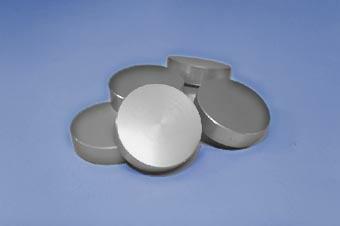This is a chemical process that forms a passivation film on the surface to improve the corrosion resistance of magnesium, which is extremely corrosive. In the past, treatment involved the use of chromic acid, but in order to be environmentally friendly, chemical conversion treatment is now performed without chromic acid. At our company, manganese phosphate chemical conversion treatment is used for coating substrate treatment of industrial robots, and oxalic acid treatment is used to improve the adhesiveness of liquid crystal housing parts. We also perform chemical conversion treatment that produces a black appearance.

Basic characteristics
| Wear resistance | Heat resistance | Corrosion resistance | Chemical resistance | Decorativeness | Lubricity | Adhesion | Electrical conductivity | Dimensional accuracy |
| × | △ | 〇 | × | - | △ | - | △ | 〇 |
Features
Features 1It can improve corrosion resistance, which is the weakest point of magnesium. We performed an 8-hour in-house salt spray test and confirmed that no white rust occurs.
Features 2By performing this treatment, the paint adhesion can be improved and it can also be used as a paint base. Corrosion resistance can be further improved by painting. (Note: We do not perform painting.)
Plating equipment
| Processing type | Maximum size | Maximum weight |
|---|---|---|
| Rack | 250×300×300H | 5kg |
Proceccable materials
Magnesium die casting such as AZ91, AZ31
Application
Various electronic devices, cameras, industrial robots, frames, bases, etc.